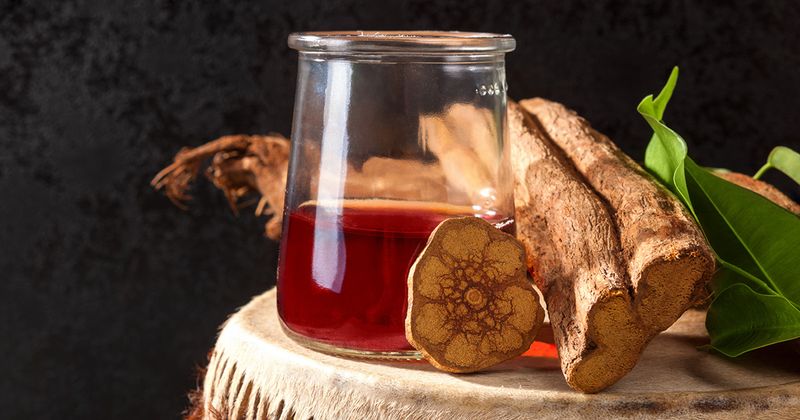Link between psychedelic use, manic symptoms in teens may be associated with genetics
Key takeaways:
- More than 16,000 twins were asked about psychedelic use and psychotic and manic symptoms.
- Data showed a strong link between psychedelic use and genetic vulnerability to schizophrenia or bipolar disorder.
While psychedelic use may be associated with fewer psychotic symptoms among adolescents, the link between psychedelics and manic symptoms appears to be associated with genetic vulnerability to schizophrenia or bipolar disorder, data show.
“Recently, the use of lysergic acid diethylamide (LSD) has increased among adolescents in the U.S.,” Otto Simonsson, PhD, postdoctoral researcher in the department of neurobiology, care sciences and society at Karolinska Institute, and colleagues wrote in JAMA Psychiatry. “There is a pressing need for studies on the possible effects of psychedelic use among adolescents to inform both harm reduction efforts and future research.”

In a cross-sectional study, researchers sought to investigate associations between naturalistic psychedelic use and self-reported psychotic or manic symptoms, as well as whether genetics influences outcomes.
They included data from 16,255 adolescent twins (54.7% girls) born between July 1992 and December 2005, who first participated in the Child and Adolescent Twin Study in Sweden at age 9 years and were later assessed at ages 15, 18 and 24 years. At age 15, participants were asked about past use of LSD, psilocybin and other drugs, as well as self-reported psychotic or manic symptoms. Parents also were asked to rate the psychotic and manic symptoms of their children.
A total of 541 participants reported past use of psychedelics, 99% of whom also reported past use of other drugs such as cannabis, stimulants, sedatives, opioids, inhalants or performance enhancers.
Researchers estimated genetic risk through polygenic scores and utilized both unadjusted and adjusted linear regressions for analysis, with use of psychedelics as the independent variable and psychotic or manic symptoms as the dependent variable, to estimate associations between drug use and mental health symptoms.
After adjusting for substance-specific and substance-aggregated drug use, psychedelic use was associated with reduced psychotic symptoms in both linear regression analyses (beta, 0.79; 95% CI, 1.18 to 0.41 and beta, 0.39; 95% CI, 0.5 to 0.27, respectively) and co-twin control analyses (beta, 0.89; 95% CI, 1.61 to 0.16 and beta, 0.24; 95% CI, 0.48 to 0.01, respectively).
With the same adjustments for manic symptoms, researchers reported statistically significant interactions between psychedelic use and genetic vulnerability to schizophrenia (beta, 0.17; 95% CI, 0.01-0.32 and beta, 0.17; 95% CI, 0.02-0.32, respectively) or bipolar disorder (beta = 0.2; 95% CI, 0.04 -0.36 and beta = 0.17; 95% CI, 0.01-0.33, respectively).
“While these associations should be interpreted with caution, such findings motivate further research into the potential risks and also benefits or psychedelic use among adolescents,” Simonsson and colleagues wrote.
